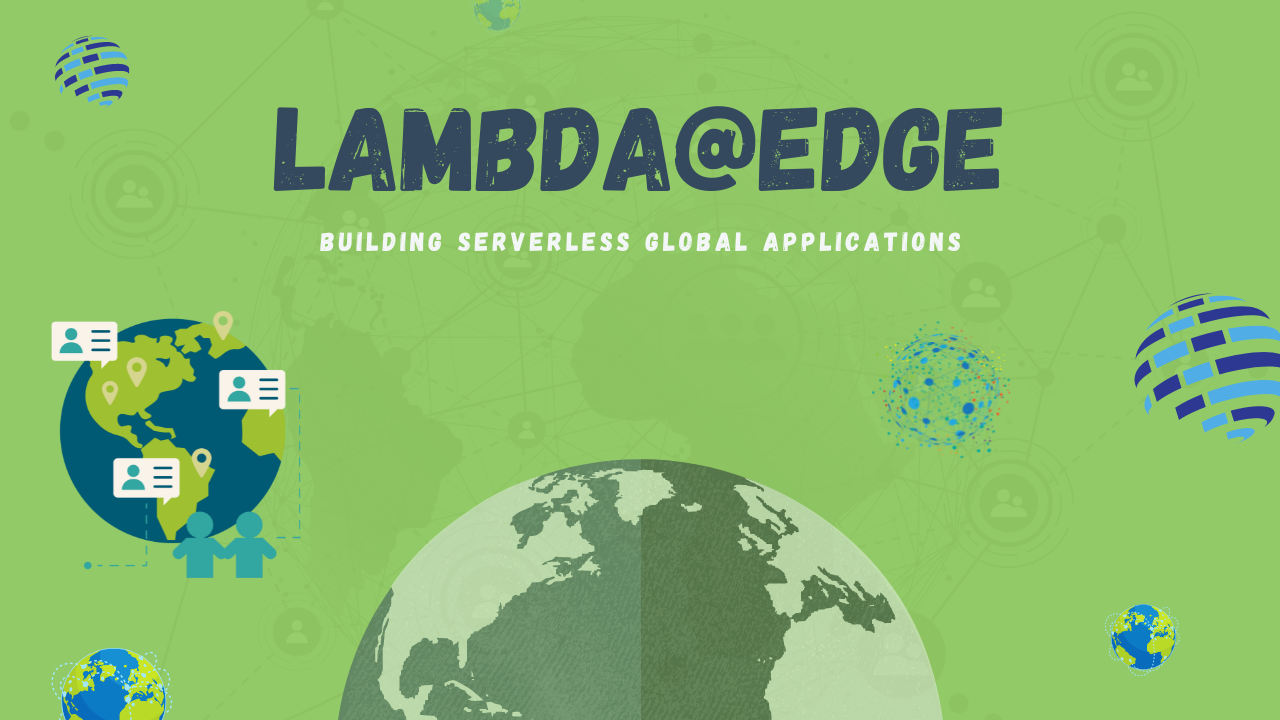
April 10, 2025
Building Edge Applications with AWS Lambda@Edge: A Tutorial for Low-Latency Serverless Solutions
Have you ever thought how large-scale applications provide instant information to users worldwide? Edge computing is crucial, and AWS Lambda@Edge leads. Lambda@Edge improves latency and user experience by sending data and services to the internet edge. This article will show you how to utilize Lambda@Edge to develop scalable, low-latency apps and change HTTP headers in incoming requests.
What is AWS Lambda@Edge?
AWS Lambda@Edge conducts serverless tasks at AWS CloudFront edge sites near your customers. Serverless functions work in AWS data centers, but Lambda@Edge lets you deploy them to edge locations worldwide to minimize user latency. Lambda@Edge can trigger CloudFront viewer, origin, viewer, and origin answers. Run tasks closer to the source to reduce on network delay and make the application work better.
The scalability and cost-efficiency of serverless computing allow Lambda@Edge to minimize origin server load, change content, and enhance performance. Lambda@Edge is ideal for global application development and performance optimization due to its low-latency and high-performance application distribution.
Key Benefits of Lambda@Edge
- Low latency is a key benefit. Run code near CloudFront edge site users to speed up responses. This is crucial for streaming and e-commerce.
- Scalability is another benefit. Functions grow on demand without infrastructure or capacity using Lambda@Edge. Applications grow automatically to handle traffic spikes.
- Lambda@Edge is cost-effective. Serverless solutions only charge for compute time. This pay-as-you-go concept reduces operating costs but does not solve infrastructure costs.
- Finally, Lambda@Edge lets your apps serve consumers from edge locations globally. This provides a fast, responsive experience for global applications.
Setting Up Lambda@Edge
Create a Lambda function via the AWS Lambda interface to use Lambda@Edge. This Node.js, Python, or Java function should handle CloudFront viewer requests and answers.
The Lambda interface lets you deploy your Lambda function to Lambda@Edge. You will connect the function with a CloudFront distribution to run it at edge locations.
For debugging, set IAM permissions to let CloudFront launch your Lambda function and enable CloudWatch logging. Finally, after setting up ask CloudFront to try Lambda@Edge.
Example: Modifying HTTP Headers with Lambda@Edge
'use strict';
exports.handler = async (event) => {
const request = event.Records[0].cf.request;
// Add a custom header to the request
request.headers['x-custom-header'] = [{
key: 'x-custom-header',
value: 'MyCustomValue'
}];
return request;
};
A user request starts this process. It intercepts HTTP requests and adds x-custom-header. This is one of several Lambda@Edge features. This method lets you change requests and responses, create custom authentication, and redirect visitors under certain situations.
Use Cases for Lambda@Edge
Lambda@Edge increases application performance and customisation options. Popular use cases include personalizing content delivery based on user preferences or device type, adding authentication tokens to headers, and A/B testing to give different application versions to different users.
Lambda@Edge may also enhance SEO by altering headers or cache behaviors to ensure search engines crawl and index content without infrastructure costs.
Conclusion
AWS Lambda@Edge tool creates globally distributed, low-latency applications with minimum overhead. Serverless services at CloudFront edge locations may increase response times, scalability, and user experience globally. This article explained how to set up Lambda@Edge and adjust request HTTP headers. Lambda@Edge offers a versatile and scalable solution for modern apps to tailor content, increase performance, and improve security.
1.4k views
